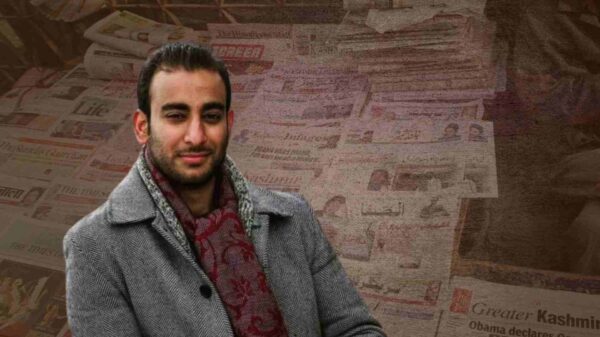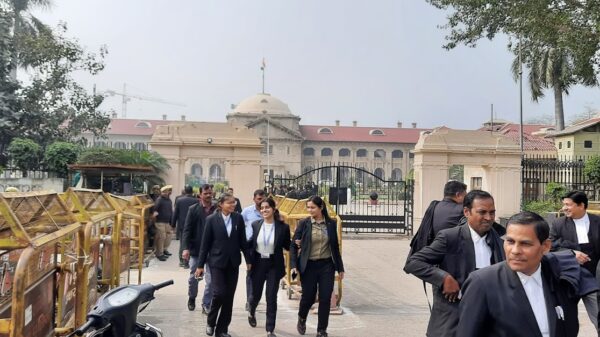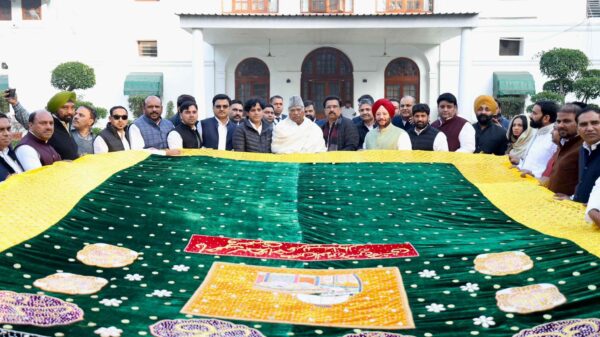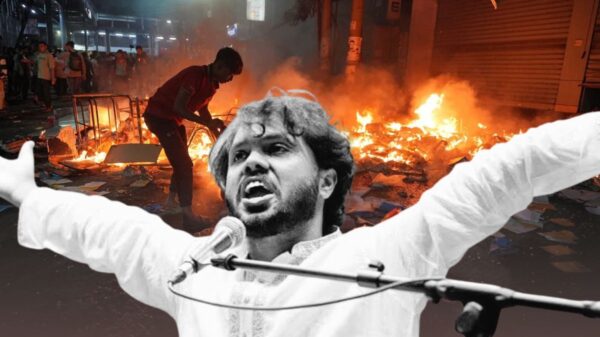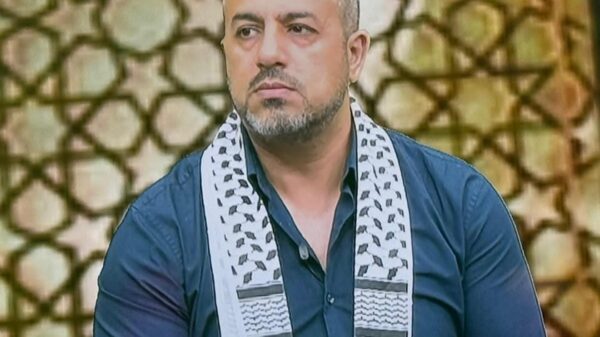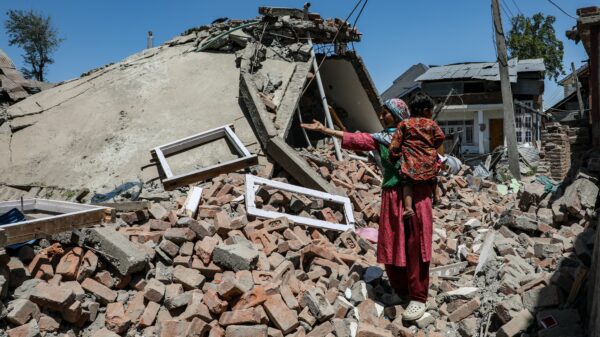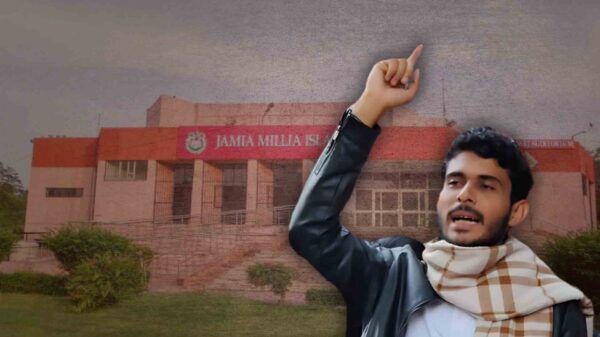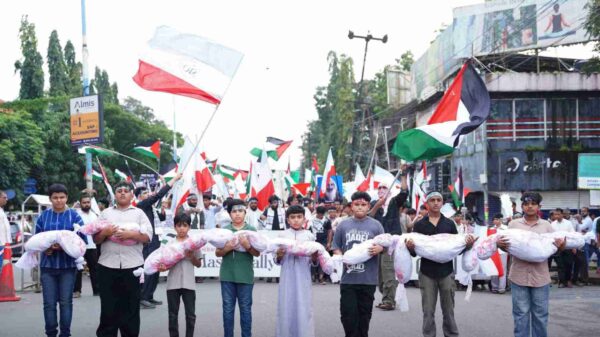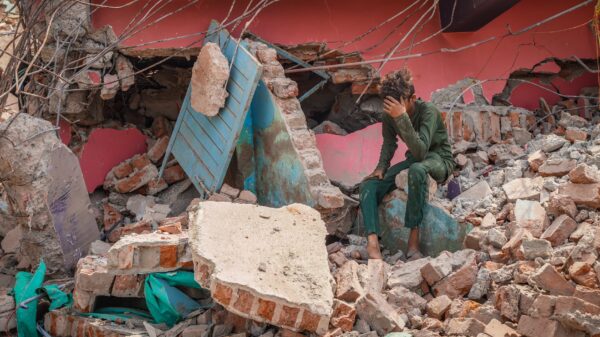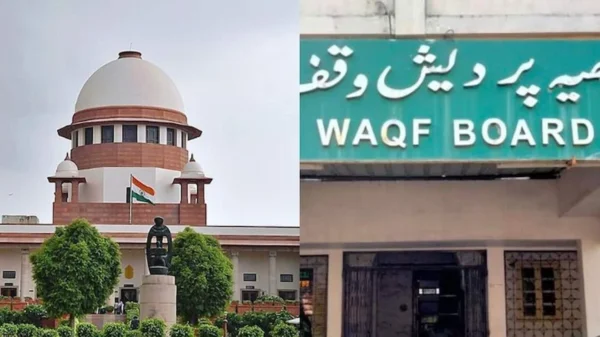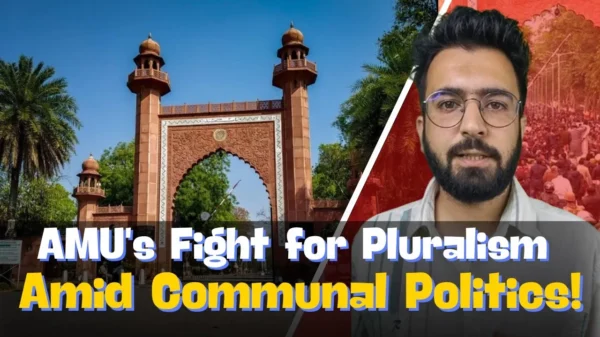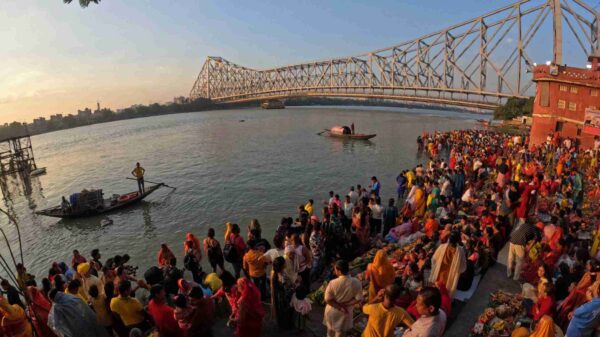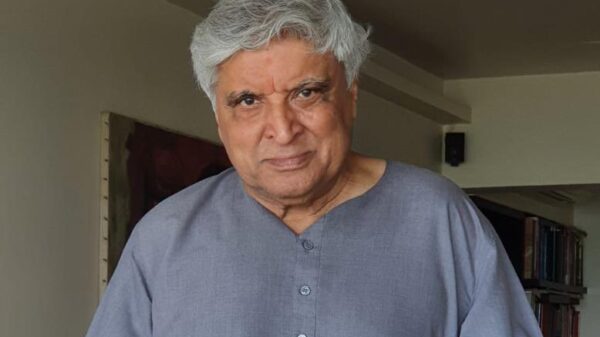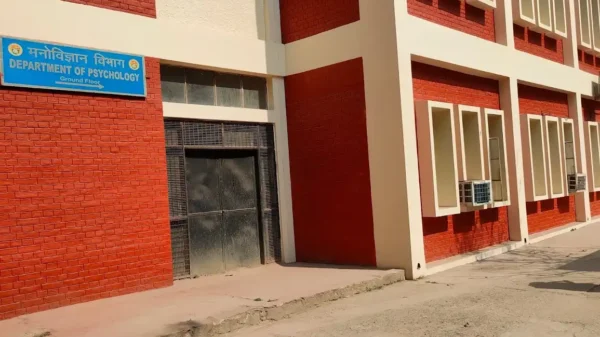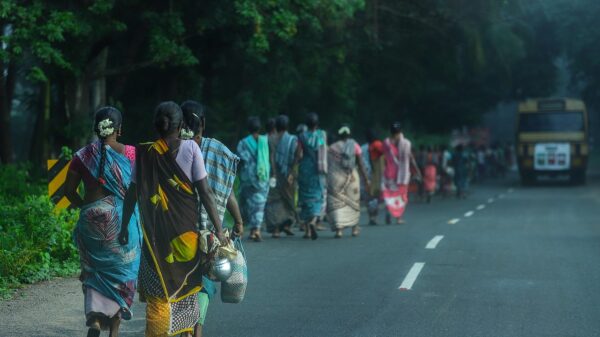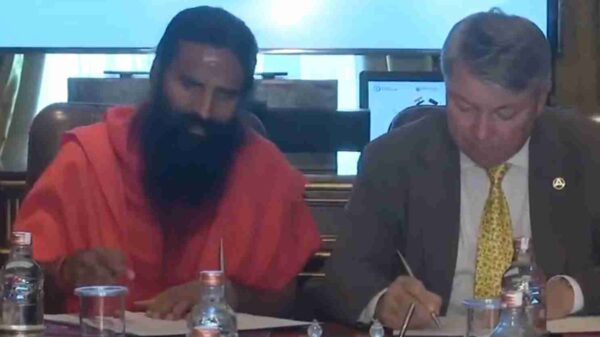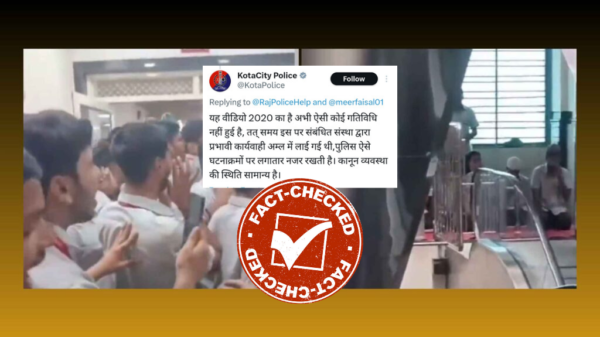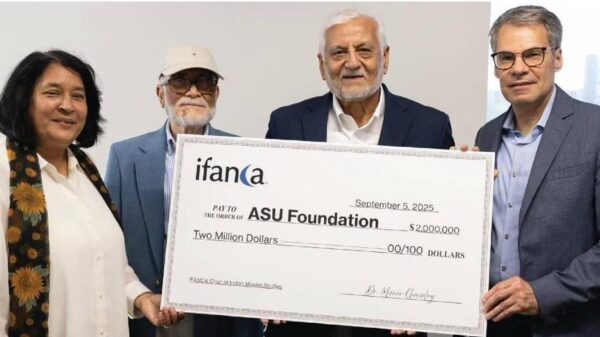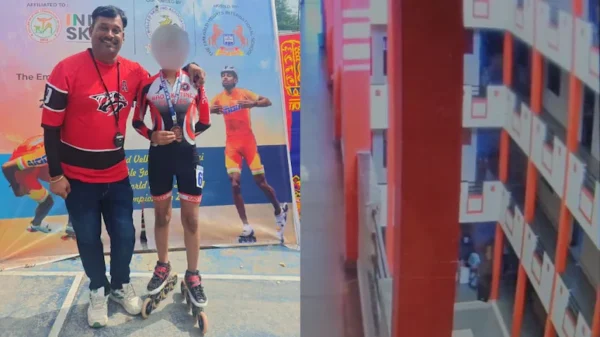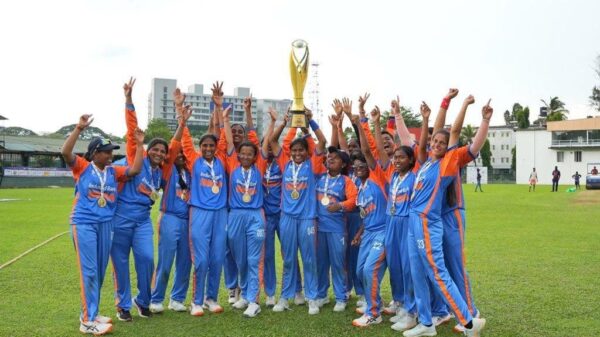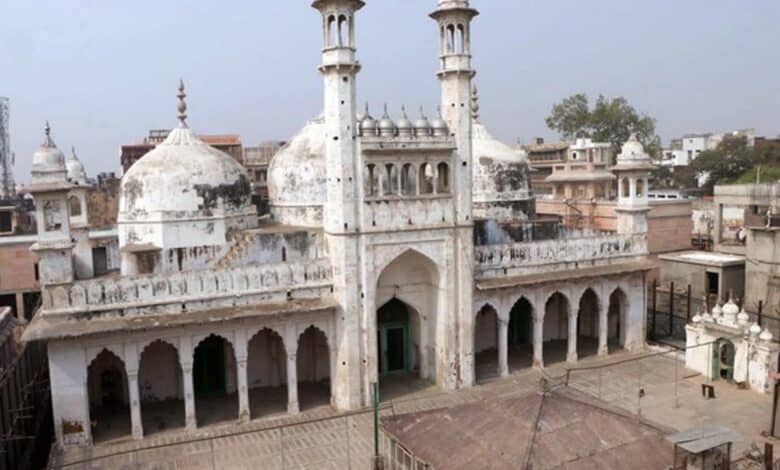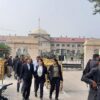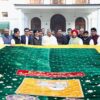A Varanasi court has granted permission for the Archaeological Survey of India (ASI) to conduct a scientific survey of the Gyanvapi mosque complex, situated adjacent to the revered Kashi Vishwanath temple.
The court’s ruling, which was announced on Friday, comes after a petition was filed by the Hindu side seeking a comprehensive investigation of the entire mosque complex.
Represented by lawyer Vishnu Shankar Jain, the Hindu side presented their arguments in court, stating that an archaeological investigation is imperative for resolving the longstanding Kashi Vishwanath temple-Gyanvapi mosque dispute.
The court, after considering the submissions made by both parties, gave the green light for the ASI to carry out the survey, excluding only the Shivling from examination.
The dispute between the two religious groups has been a matter of contention for decades.
The Kashi Vishwanath temple, one of the holiest sites in Hinduism, shares its vicinity with the Gyanvapi mosque, which holds significant historical and religious value for the Muslim community.
The court’s decision to permit the survey is seen as a step towards finding a lasting solution to the contentious issue.Lawyer Vishnu Shankar Jain emphasized the need for a modern and thorough examination of the entire Gyanvapi mosque complex, including the three domes and the western wall.
He argued that a comprehensive archaeological investigation is the key to gaining a clear understanding of the historical context and ownership of the disputed site.Since May, the court has been actively considering the matter, prompting the Gyanvapi mosque committee to submit its response to the submissions made by the Hindu side.
The court’s decision to hear the petition and grant permission for the survey marks a significant milestone in the legal proceedings surrounding the dispute.
The ASI, an expert body responsible for preserving India’s cultural heritage, will now undertake the scientific survey of the Gyanvapi mosque complex.
The survey is expected to shed light on the historical significance of the site and provide crucial evidence to aid the court in reaching a just resolution.
As the survey commences, tensions and emotions run high among both communities invested in the outcome of the dispute.








